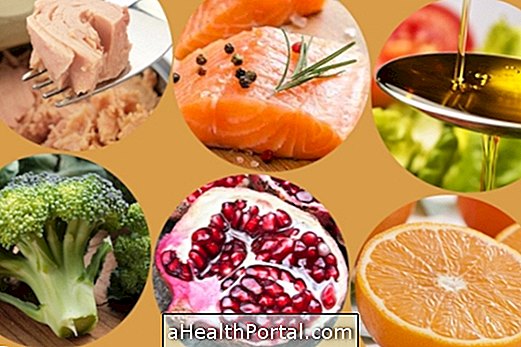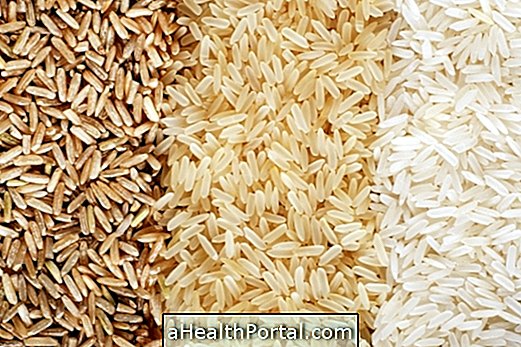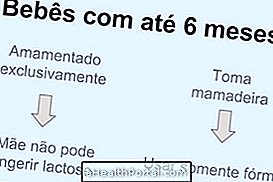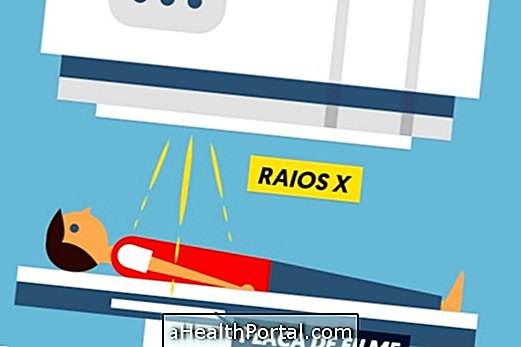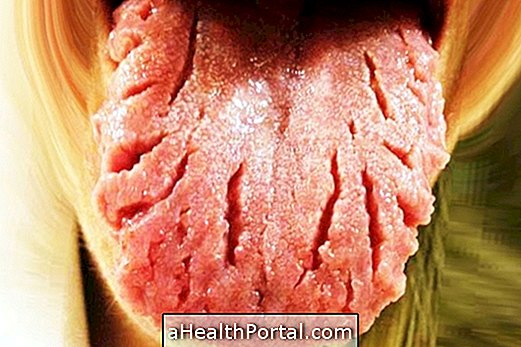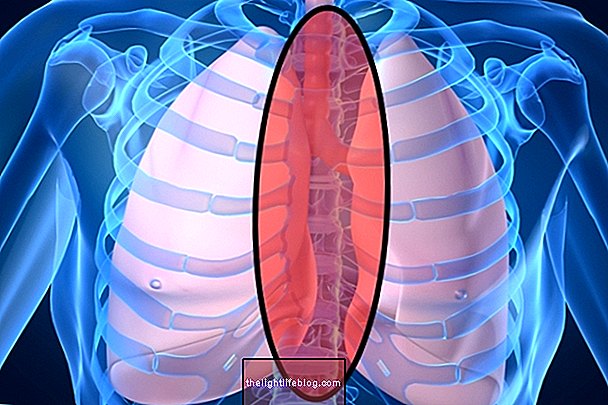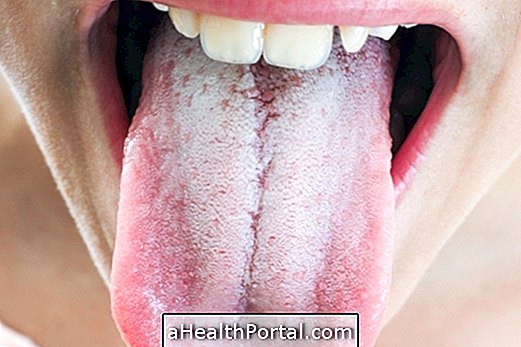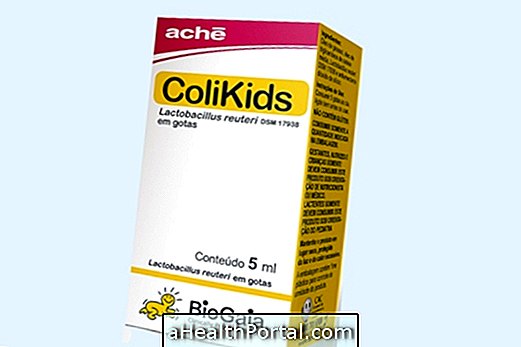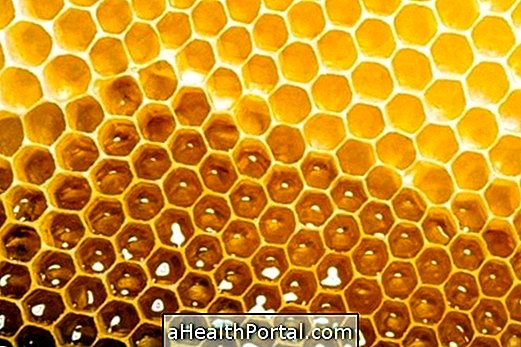Foods like eggs, milk and peanuts are among the main culprits in causing food allergy, a problem that arises due to an over-reaction of the immune system against a food or a food substance that has been ingested.
Food allergy symptoms are more common in infants and children, but can appear at any age. It is also possible to develop allergy to foods that are already in the habit of consuming, even if for many years, being important to be alert to the symptoms. Here's how to identify the food allergy.
Here are the top 8 foods that cause food allergies:
1. Peanut
Peanuts are one of the foods most often cause anaphylaxis, a sudden condition that requires immediate attention and treatment, because when not treated quickly can be fatal.
In general, peanut allergy causes symptoms such as itchy skin on the appearance of red spots, itching or tingling in the throat and around the mouth, runny or stuffy nose and nausea.
To treat, peanuts and all products that use peanuts in their composition should be removed from the food, and it is important to read the labels of the processed foods to identify their presence.
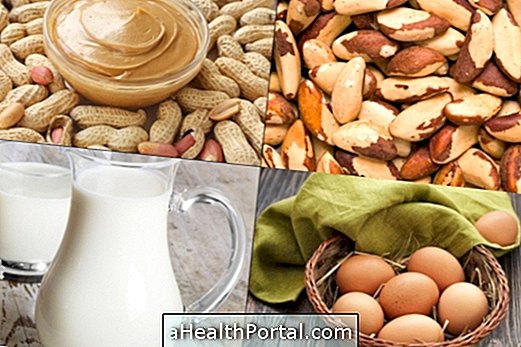
2. Fruits of Hard Shell
The most well-known hard-shelled fruits are almonds, walnuts, cashew nuts and Pará nuts, hazelnuts, pistachios and pine nuts.
The main symptoms that arise due to allergy to these fruits are nausea, vomiting, difficulty swallowing, itchy skin and face, nasal congestion or runny nose and short breathing. To treat, avoid consumption of these fruits and products that contain them in the composition or that are their derivatives, such as almond milk, creams, oils, pastes and butters.
3. Cow's milk
Most cases of cow's milk allergy appear in the first year of life and disappear until the age of 16. In addition, most people with cow's milk allergy also have allergies to the milk of other animals, such as goats and sheep.
Symptoms appear shortly after the consumption of milk, and it may appear itching, malaise of the stomach, vomiting and blood in the stool. Learn How to identify if your baby is allergic to milk.
4. Egg
Egg allergy also usually arises in childhood and disappears before the age of 16, with symptoms such as itchy skin and red lumps, respiratory problems and stomach pain.
To avoid these and other more serious symptoms, one should remove the eggs from the food and be aware if on the label of the product is present as ingredient egg, white or egg yolk. Learn how the diagnosis and treatment of egg allergy is done.
5. Wheat
Wheat allergy usually arises even during childhood, especially before the third year of life. The symptoms caused by this allergy are usually nausea, vomiting, diarrhea, itching and red lumps in the skin, stuffy or runny nose, sneezing, headache and asthma.
To treat, wheat should be removed from food and all foods that use wheat in its composition. Alternatively, you can use amaranth, barley, corn, oats, quinoa, rice, rye and tapioca. See how the diet should be in cases of wheat allergy.

6. Fish
Unlike other types, fish allergy usually only arises in adulthood, and does not mean that the person should avoid all types of fish, as the allergy may arise only for one or a few different species. Also, having fish allergy does not mean that the person will develop allergy to seafood such as shrimp and lobster.
The symptoms that usually appear are nausea, vomiting, diarrhea, itching and red lumps in the skin, stuffy or runny nose, sneezing, headache and asthma.
7. Fruits of the Sea
Also known as clams, seafood includes crustaceans, such as shrimp, crab and lobster, and mollusks, such as mussels, oysters and scallops.
This is one of the most dangerous allergies, and can cause symptoms like vomiting, diarrhea, poor digestion, itching in the body, difficulty swallowing, pallor or bluish skin, mental confusion and weak pulse. Find out what to do in these cases.
8. Soybean
Soy allergy usually occurs before age 3 and disappears up to age 10, and is usually linked to food consumption such as infant formulas with soy, soy milk and soy sauces.
In general, the symptoms are redness and itching in the body and in the mouth, nausea, vomiting, diarrhea, stuffy nose and asthma.
Finally, it is important to remember that a child will have a greater chance of developing allergy to a food if the family already has a history of allergy to that particular food, especially when a sibling already has this type of problem.
